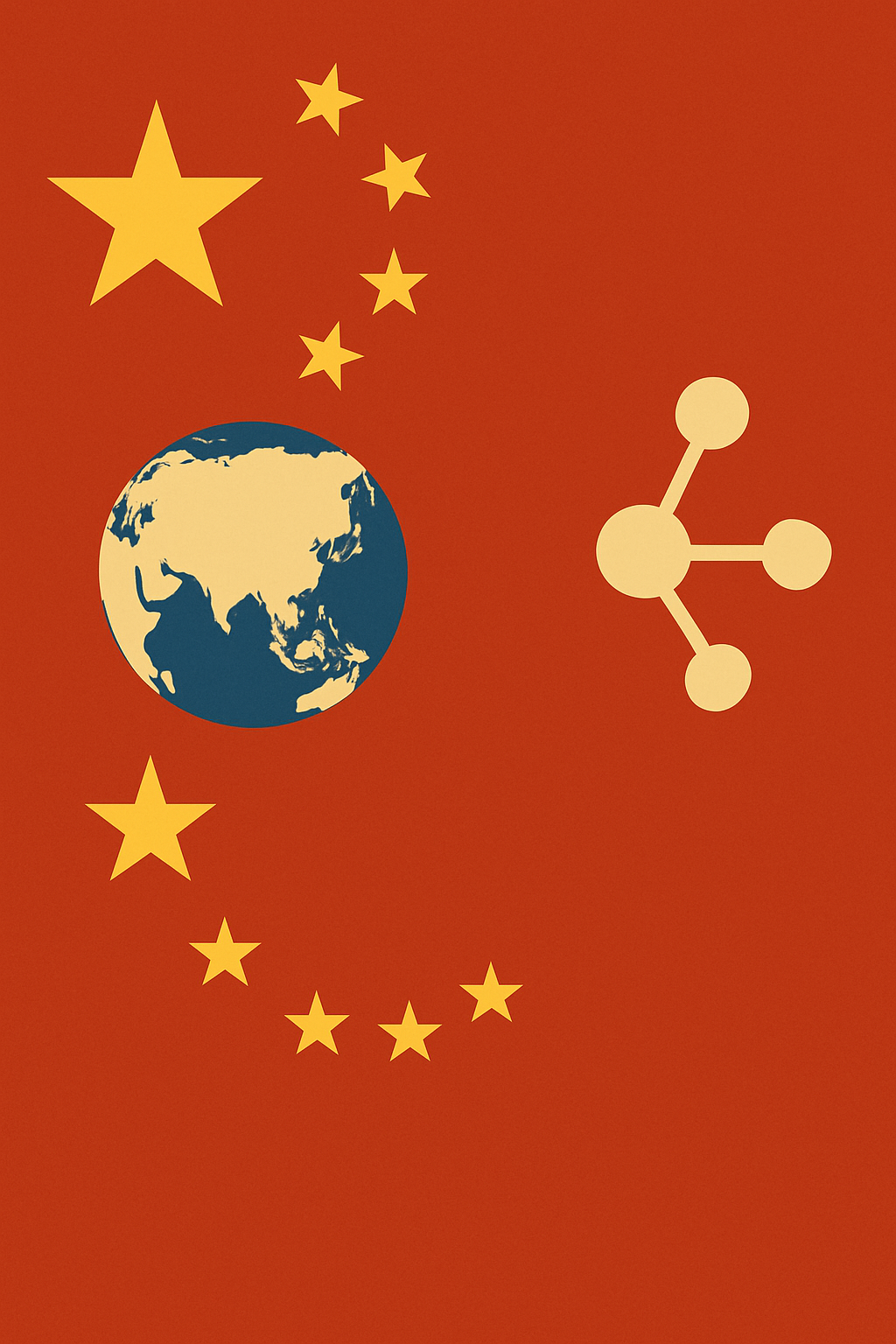
Theb 13 Point Framework aims to guide international cooperation on artificial intelligence, this will go further to emphasize safety , transparency and equitable access to AI technologies.
KEY POINTS
-Global AI safety and Risk Managment
Being able to establish a tiered risk management system for AI applications.
Going further to create global safety governance framework with early warning mechanisms and evaluation
systems.
-Infrastructural developments
Building global intelligent infrastructure, this includes clean energy, advanced data centers and nex
gen networks.
-Global Alignment
Linking AI developments with the UN 2030 sustainable development goals , emphasizing equitable growth.
-Open Source Developments
Building cross border open source communities to lower entry barriers and reduce redundant investments.
Implications for the Marketing Industry
Since AI is becoming integral to digital advertising and marketing , China's framework could have significant ripple effects.
- Data Quality and Transparency
The plan’s focus is on bias-free, high-quality datasets which addresses the ongoing issues in AI-driven marketing, such as inaccurate ad targeting and biased algorithms.
This also aligns with industry trends like ethical AI certification (e.g., Integral Ad Science receiving certification from the Alliance for Audited Media).
-Standardized and Measurement
Unified global standards could reshape advertising metrics and cross border campaign optimization.
It will also help reduce misallocated ad spend
Analyst Outlook
Short Term 2025-2026
-Marketing technology vendors will need to audit their AI systems for compliance with safety, bias and transparency requirements.
-Expectation of increased collaboration between marketing firms and international standards organizations to adapt evolving rules.
-Generative AI will continue to drive market innovation, but companies will be facing heightened scrutiny over ethics and accuracy.
In conclusion,China’s AI governance plan positions the country as a central player in shaping global AI rules. For marketers, this represents both an opportunity and a challenge: the chance to access standardized, ethical AI tools worldwide, but also the necessity to adapt to stricter compliance and sustainability requirements. Companies that proactively align with these principles will be better positioned for long-term success in the AI-driven advertising era.